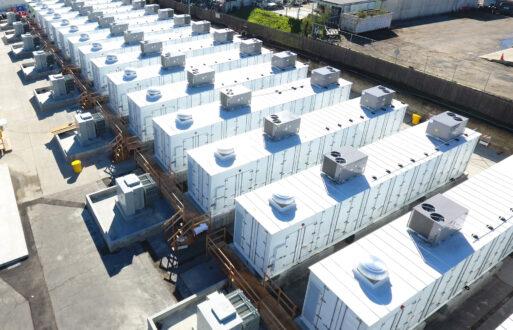If you’ve heard anything about what’s happening in the Texas power grid, you know the pace of change is staggering. Demand’s spiking, supply is shifting, and the rules of the game are evolving right alongside it.
Let me take you through what I’m seeing from my seat at ERCOT and why I believe we’re standing at the most exciting crossroads in the grid’s history.
Load growth is like nothing we’ve seen before
A few years ago, we were planning for 110 GW of peak load by 2030. Today, that number has jumped to 150 GW and by some accounts, 218 GW. Yes, 218. That’s more than doubling our expectations in just a handful of years. For context, the current peak load is 85 GW set in summer of 2023.
What’s behind the surge? It’s not just residential growth or oil and gas anymore. Data centers are now a key driver of new load, accounting for an estimated 40–50 GW. And these aren’t the crypto mining operations we’ve seen in the recent past — these are hyperscale facilities for AI and cloud services, each with unique operational demands.
This level of load growth — and the speed at which it’s happening — is unprecedented. The question isn’t whether it’s coming. It’s how we plan to meet it.
The resource mix of the supply is changing
We’ve brought 45 GW of new generation online since 2021, but only about 1.7 GW of that was dispatchable thermal. The rest? Mostly solar, wind, and batteries. That’s great from a renewable’s standpoint, but it brings real challenges around resource adequacy. Effective Load Carrying Capability (ELCC) matters. And while solar and wind play a vital role, they need to be part of a balanced mix.
Strategic Transmission Expansion Plan (STEP) change in Transmission …
We’re also excited about the new 765 kV transmission plan the Public Utility Commission just approved. It’s going to be the backbone for a more reliable future by providing increased transfer limits and alleviating congestion.
Real-Time Co-optimization (RTC) is a game changer
This December, ERCOT is launching RTC — a major leap forward in how we optimize generation in real time. Today, energy and ancillary services aren’t co-optimized in real-time market, which can lead to inefficient dispatch and inflated prices.
With RTC, we’ll be able to commit the most cost-effective resources for both energy and ancillary services simultaneously. Studies show this could save the market anywhere from $2 billion to $6 billion per year. And I want to thank PCI and our other partners who are working hard to help market participants prepare for this transition.
Innovation isn’t optional — it’s essential
The grid is evolving so rapidly that we can’t just do more of the same. We need better load modeling, faster interconnections, and smarter use of distributed energy resources. We need to understand how to integrate flexible loads, like data centers, without compromising reliability.
That’s why we’ve built a framework for innovation at ERCOT — one that cuts across load, supply, transmission, and markets. From piloting virtual power plants to exploring AI applications, we’re pushing boundaries wherever we can.
Collaboration will define our success
This isn’t something ERCOT can do alone. It’s going to take coordinated action between ISOs, utilities, market participants, technology providers, and yes, even data centers.
We all want economic development in Texas. We all want reliability. And we all want to keep the lights on.
Now is the time to transform.
Explore ERCOT’s real-time co-optimization project and innovation efforts at ercot.com.
This blog post was adapted from a keynote presentation delivered at INFOCUS 2025, PCI’s annual user conference.







